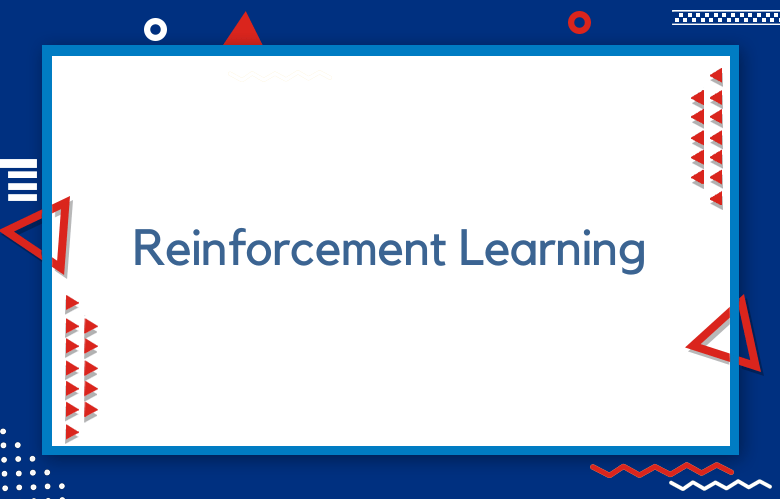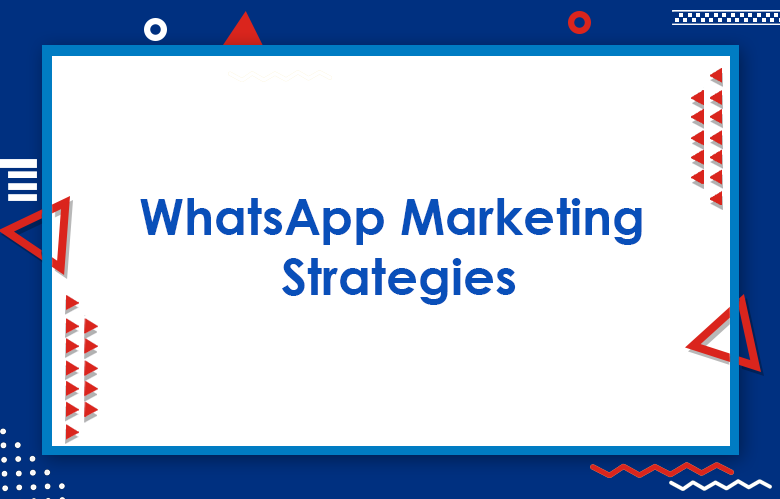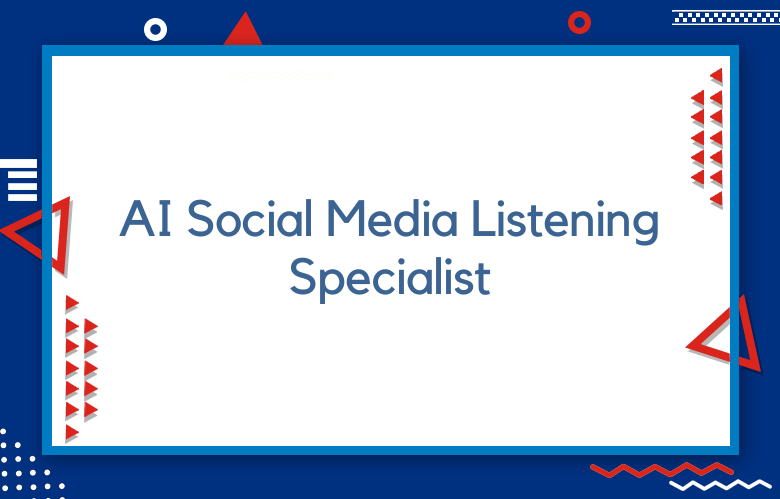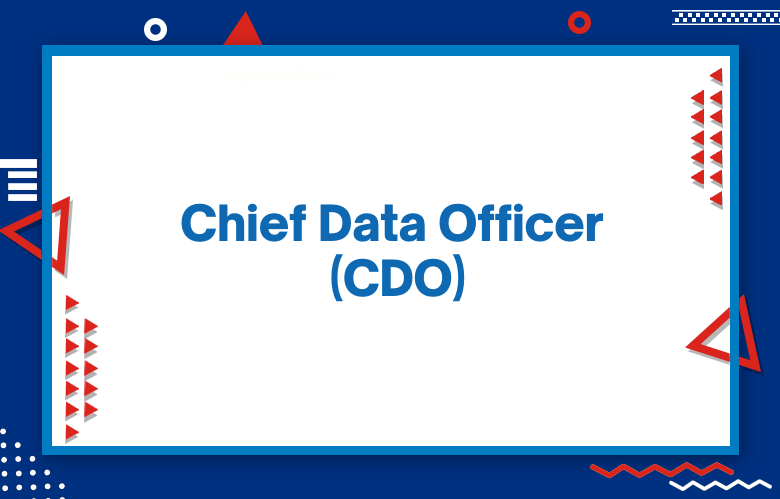Reinforcement Learning and Simulation for Marketing

The marketing landscape is rapidly changing, and businesses must adapt to stay relevant. With the advent of new technologies such as Reinforcement Learning (RL) and Simulation, marketers have incredible tools.
These technologies can help businesses make data-driven decisions and optimize their marketing strategies. We will explore how RL and Simulation can revolutionize marketing strategies for businesses of all sizes.
Reinforcement Learning (RL) is a type of Machine Learning where an agent interacts with an environment to learn how to maximize a reward. RL can help marketers optimize their marketing campaigns by creating algorithms that learn from data and make more informed decisions.
For example, a marketer can use RL to determine the best time and platform to promote a product, considering consumer behavior and market trends. RL can also provide insights on how to improve customer engagement and retention.
What is Reinforcement Learning?
Reinforcement learning is a type of machine learning that trains algorithms to make decisions based on the rewards or feedback they receive for their actions.
It is based on trial-and-error learning, where the algorithm learns from its own experiences and makes better decisions over time.
In marketing, RL can be used to optimize ad campaigns, customer engagement, and personalization. For instance, RL can be used to recommend products to customers based on their previous interests and preferences, which improves customer retention and loyalty.
What is Simulation?
Simulation is a computer-based model or virtual environment miming a real-life situation or scenario. It enables businesses to test different marketing strategies and campaigns in a controlled environment before implementing them in the real world.
For example, businesses can use simulations to test marketing campaigns to improve effectiveness and increase ROI. It also helps to identify potential risks and pitfalls in their movements, which can be fixed before launch.
RL and Simulation in Marketing:
Combining RL and simulation in marketing has been a game-changer for businesses worldwide. It enables marketers to test different marketing strategies and tactics to see how they can affect target audiences without expending money or resources.
RL and simulation also allow marketing teams to evaluate insights from data analysis, which ultimately helps campaign optimization. Some use cases of RL and simulation include online advertising, content personalization, and real-time bidding.
Understanding Reinforcement Learning
Reinforcement learning is an artificial intelligence approach that enables machines to learn from trial and error.
An algorithm learns by constantly interacting with its environment, and its performance is evaluated based on the rewards it receives for specific actions.
In marketing, reinforcement learning can be used to optimize ad targeting. The algorithm can learn from past data and interactions to identify the optimal audience segments and ad placements that drive the highest conversions.
Enhancing Marketing Through Reinforcement Learning and Simulation
Emerging technologies have revolutionized various aspects of business, including marketing. With the advent and evolution of machine learning and artificial intelligence, companies can now leverage data and intelligent algorithms to improve their marketing strategies.
Reinforcement learning and simulation are technologies with immense potential to enhance marketing outcomes.
We’ll explore the significance of reinforcement learning and simulation in marketing and how they can drive more significant ROI.
Reinforcement Learning and Simulation for Marketing: The Future is Here
As technology continues transforming every industry, marketing is at the forefront of innovation. Marketing trends have changed drastically with the exponential growth of artificial intelligence (AI) and machine learning (ML).
Reinforcement learning (RL) and simulation are among the most popular and effective types of machine learning in marketing today. We will explore the concepts of RL and simulation and discuss how they are revolutionizing the marketing industry.
Advantages of Using Reinforcement Learning and Simulation for Marketing Strategies
Marketing strategies are evolving by the minute in today’s fast-paced digital world. With constant changes in customer behavior and preferences, marketers always look for new and innovative ways to improve their marketing approach. This is where Reinforcement Learning and Simulation come in.
Reinforcement Learning and Simulation can help marketers find the right formula for their target audience, reduce costs, improve efficiency, and optimize their operations. Explore the benefits of using Reinforcement Learning and Simulation for marketing strategies.
Best Strategies for Reinforcement Learning and Simulation for Marketing
Improved Decision Making
One of the primary benefits of using Reinforcement Learning and Simulation for marketing is to improve decision-making abilities.
Reinforcement Learning and Simulation can help marketers understand customer behavior and preferences complexities, enabling them to make more informed decisions about their marketing campaigns.
Predictive modeling and simulation allow marketers to assess various marketing strategies, calculate their effectiveness, and choose the most appropriate approach for their target audience.
Reduced Costs
Another significant advantage of using Reinforcement Learning and Simulation in marketing is that it can help reduce costs.
Marketers can streamline operations, reduce labor expenses, and improve efficiency by eliminating manual processes and automating simulation models. These savings can fund further marketing campaigns or other essential business operations.
Optimization of Marketing Campaigns
Reinforcement Learning and Simulation can also help marketers optimize their marketing campaigns.
Predictive modeling helps marketers understand how various marketing strategies can impact their business, allowing for the adjustment of campaigns to improve the likelihood of success.
By constantly running simulation models, marketers can identify the most successful marketing strategies and adjust their campaigns accordingly, improving the efficiency of their marketing approach and maximizing their return on investment.
Competitive Advantage
Marketers can gain a competitive edge using Reinforcement Learning and Simulation. Predictive modeling can identify new opportunities to target audiences and explore new growth areas.
As companies compete against one another to win customers, those who can adapt and quickly respond to changes in customer behavior will have a significant advantage over those who don’t.
Testing New Ideas
Lastly, Reinforcement Learning and Simulation enable marketers to test new ideas quickly and efficiently.
By testing new marketing campaigns in a virtual environment, marketers can identify potential flaws and weaknesses of their new idea before implementing it in real-world scenarios, saving valuable time and resources.
Conclusion:
To stay competitive in today’s rapidly changing marketing landscape, businesses must leverage new tools and technologies. Reinforcement Learning and Simulation offer immense possibilities for businesses of all sizes, from small startups to large corporations.
These tools allow marketers to make data-driven decisions, optimize campaigns, reduce costs, and increase ROI. The future of marketing is data-driven, and businesses that embrace these technologies will be at the forefront of this revolution.
Call: +91 9848321284
Email: [email protected]



